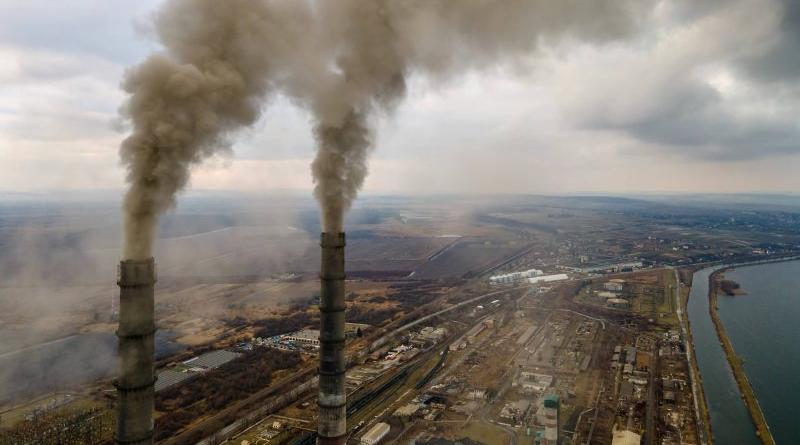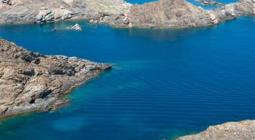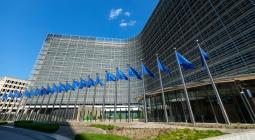Eastern EU countries veering away from 2030 climate goals, report says

Central and Eastern European countries display low ambitions with their National Energy and Climate Plans (NECPs), raising concerns about the region’s ability to meet EU climate goals, campaigners warn.
NECPs are an essential building block in the EU’s climate policy architecture because they lay out the specifics of how each country plans to achieve the collective goals agreed upon at a European level.
Only three EU countries – Spain, Croatia and Slovenia – have met the EU’s annual 30 June deadline to submit their updated national energy and climate plans, campaigners say.
But it is already clear that Central and Eastern European member states are falling short of meeting EU expectations, according to a new report by CEE Bankwatch Network, a green umbrella group.
NECP progress reports “have not always been taken seriously in some countries, such as Slovakia, where data are missing,” the report says. And with the outbreak of war in Ukraine, many have fallen back into old habits by supporting gas and coal consumption instead of renewables.
“This trend is particularly evident in central and eastern European countries, where measures have been taken to slow down the transition away from fossil fuels, backtrack on previous commitments, or even de facto recarbonise the economy,” the report says.
The CEE Bankwatch study echoes warnings by the European Court of Auditors (ECA), which issued a report earlier this week saying EU countries had only submitted vague plans to decarbonise their economy and risked missing their collective climate goals.
The risk is that the whole NECP process ends up being a mere “box-ticking exercise” for Eastern EU member states, CEE Bankwatch warns.
This is no surprise to Klaus-Dieter Borchardt and Christopher Jones, two former senior officials at the European Commission’s energy directorate, who are now with consulting firm Baker McKenzie in Brussels.
“We all knew that achieving the 2030 Green Deal targets would be challenging,” Jones and Borchardt said in emailed comments to EURACTIV.
“However, there is an increasing number of worrying indications that we are far from being on track to achieving them,” they added. “Not only the CEE Bankwatch paper, but also Monday’s Court of Auditors Report, casts doubt that we are on track, even with revised National Energy and Climate Plans,” the two former officials said.
For instance, Hungarian authorities have responded to the 2022 energy crisis by increasing domestic production of fossil fuels and delaying the phase-out of coal power, says the report by CEE Bankwatch. In Bulgaria, previous commitments to decarbonise the power sector could also be reversed, it adds.
Renewables deployment lacking
For Pawel Czyzak, senior energy and climate analyst at think tank Ember, this is a missed opportunity, as National Energy and Climate Plans offer “a perfect opportunity” for clean energy deployment in the region.
“But in most CEE countries no significant announcements have been made yet with regards to updated climate targets,” Czyzak told EURACTIV.
Instead, renewable energy is overlooked, even though there is significant potential for solar and wind power in the region.
“Central European countries can only meet their required share of the EU’s new renewables target by deploying more wind energy,” said industry association WindEurope in a joint statement with think tanks and other trade groups.
Another worrying finding in the CEE Bankwatch report is the lack of transparency and civil society engagement in the process of drafting the updated NECPs. With most negotiations happening behind closed doors, there is little opportunity for public consultations, the report highlights.
“CEE Bankwatch rightly points out that public participation is a key element of this process. Including relevant actors in the NECP update will increase buy-in for the measures,” said Rebekka Popp, policy advisor for E3G, a think tank.
A green transition could yield significant benefits for the region, Christophe Jost, the author of the report, told EURACTIV. It would secure energy supplies, limit price volatility, facilitate access to EU funds and strengthen value chains – but under the strict condition that the transition happens properly, he said.
“This pathway is not yet enough sought by member states, as they are currently not fully reaping the benefits of EU funds to achieve the green transition,” he continued.





